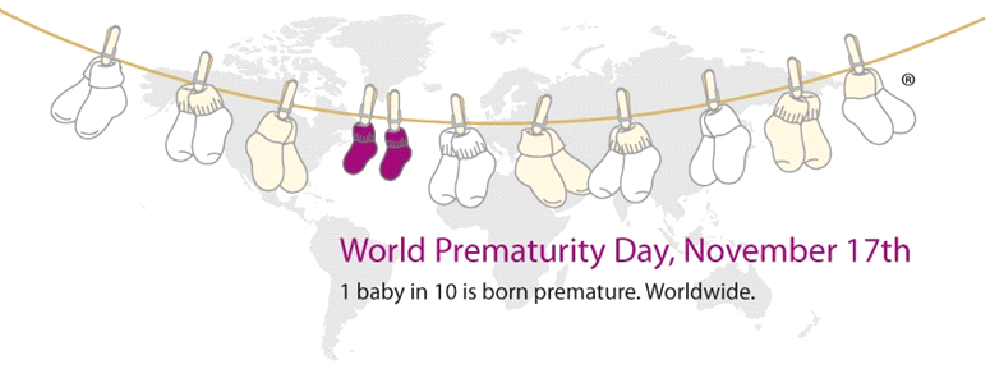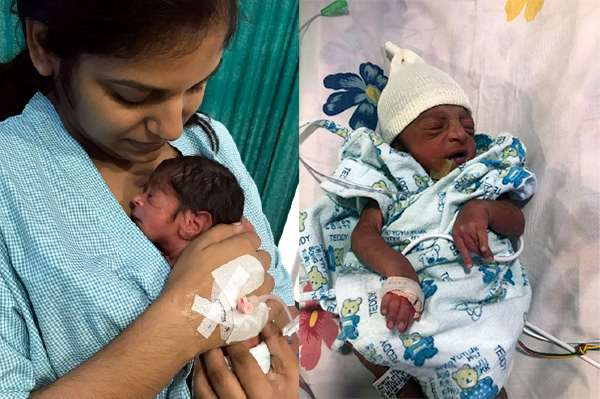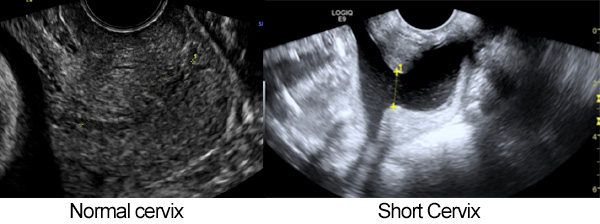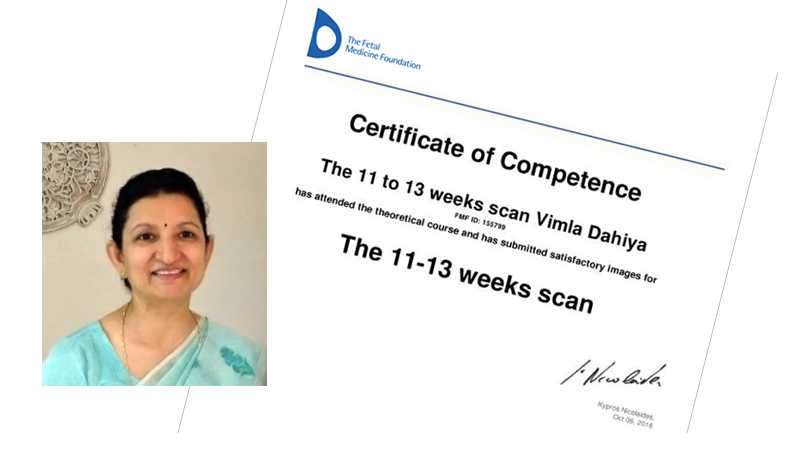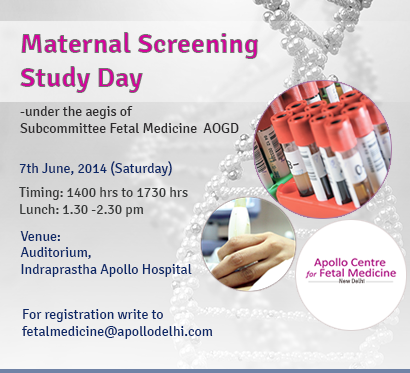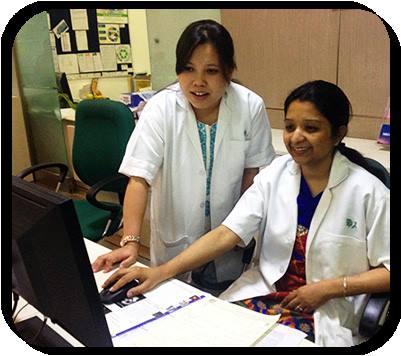A modest yet consistent decline in the infant mortality rate, especially in six problematic states, is one of the key features of the latest data from the Sample Registration System. Nationwide, the IMR has dropped by three points from 47 infant deaths per 1,000 live births to 44, according to the October 2012 SRS bulletin. It has dropped to 48 from 51 in rural areas , and to 29 from 31 in urban areas, as compared to the previous count.
The comparison is between 2010 and 2011 for larger states, and between two three-year samples for smaller states and Union Territories.
Despite the drop, the prevailing mortality rate remains much higher than the target set under the 11th five-year plan 30 per 1,000 live births by 2012. Under the 12th five-year plan, India hopes to reduce the mortality rate to 25 by 2017.
Health ministry officials concede it is early days yet and a lot needs to be done, but find the consistent drop encouraging. Dr Ajay Khera, deputy commissioner (child health and immunisation) in the ministry, told The Indian Express that a three-point drop in a majority of states is a healthy sign.
In six states Bihar, Orissa, Uttar Pradesh, Haryana, Punjab and Sikkim the decline by four points is an achievement,†Khera said. States such as UP and Bihar continue to face major problems such as kala azar and pneumonia. Madhya Pradesh remains disappointing with an IMR of 59/1000, highest of all states, followed by UP and Orissa at 57/1000. All these states have, however, improved since last count.
The data shows 13 states as having reduced their IMRs by three points. These include Maharashtra, Madhya Pradesh, Gujarat, Andhra Pradesh, Assam, Jharkhand, Karnataka and some of the northeastern states.
There has been a drop of two to three points every year. Goa and Manipur have the lowest IMR, 11, followed by Kerala with 12.
The SRS figures are the only national data providing annual estimates, since 1964, on fertility and mortality indicators. The assessment is spread across all states and UTs, covering 1.5 million households and 7.35 million people.
Khera said it is crucial to ensure diarrhoea and pneumonia management for newborns. There are several challenges and it is crucial that the government’s schemes and welfare measures reach all children, said Deepti Agarwal, child health consultant with the central government.
As per WHO estimates, the main causes of child mortality in the age group 0-5 in India are neonatal mortality , pneumonia, diarrhoea, measles and injuries. Neonatal mortality contributes to about two-thirds of infant deaths and nearly half of under-5 deaths. The focus has been on newborn care and, according to Khera, one of the key strategies is the integrated management of neonatal and childhood illness programmes. It is being implemented in more than 400 districts and nearly five lakh health personnel have been trained.
Home-based newborn care is a recent initiative, where at least eight lakh Accredited Social Health Activists under the NRHM programme will be trained. ASHAs will visit all targeted newborns according to a specified schedule.
Special Newborn Care Units at each district hospital with specialised equipment have been earmarked. There are 395 SNCUs today, set up in first referral units and community health centres. These units provide services that include resuscitation, warmth, early initiation of breastfeeding and prevention of infection. And newborn Care Corners are special corners within the labour room where support for optimal management of a newborn is provided.
In Maharashtra, Dr V K Rokade, assistant director in the family welfare bureau, told The Indian Express that the target of reducing infant deaths to 17 per 1,000 live births had not been achieved in 2011, but a three-point drop (28 to 25) is a first for the state that now aims to bring it down to 21 by 2017. A total 1,029 newborn care corners at primary health centres, units at 23 district hospitals, 146 newborn stabilisation units at rural hospitals with paediatricians and trained staff, and a nutrition mission programme have contributed to the state’s campaign to bring down infant deaths.
-Reproduced from The Indian Express online Website







